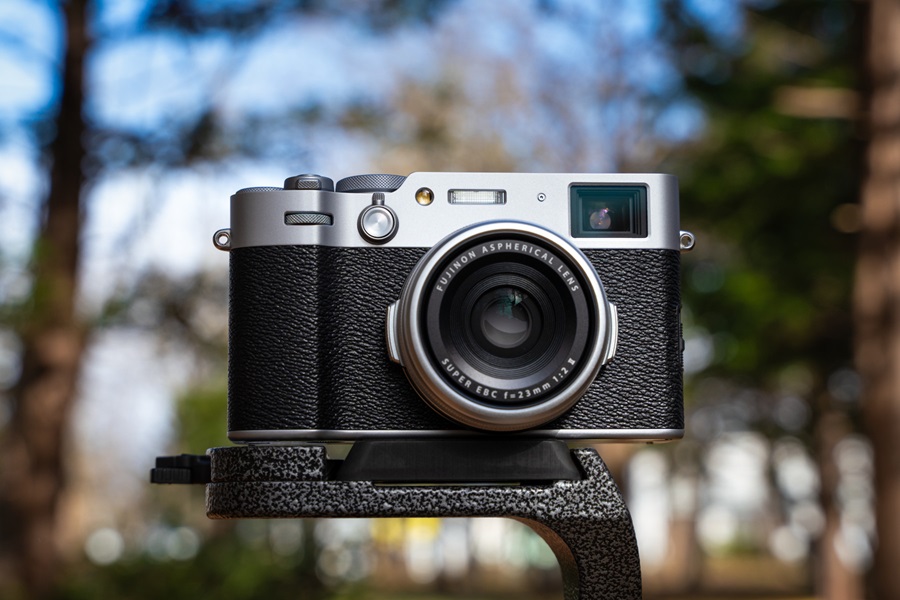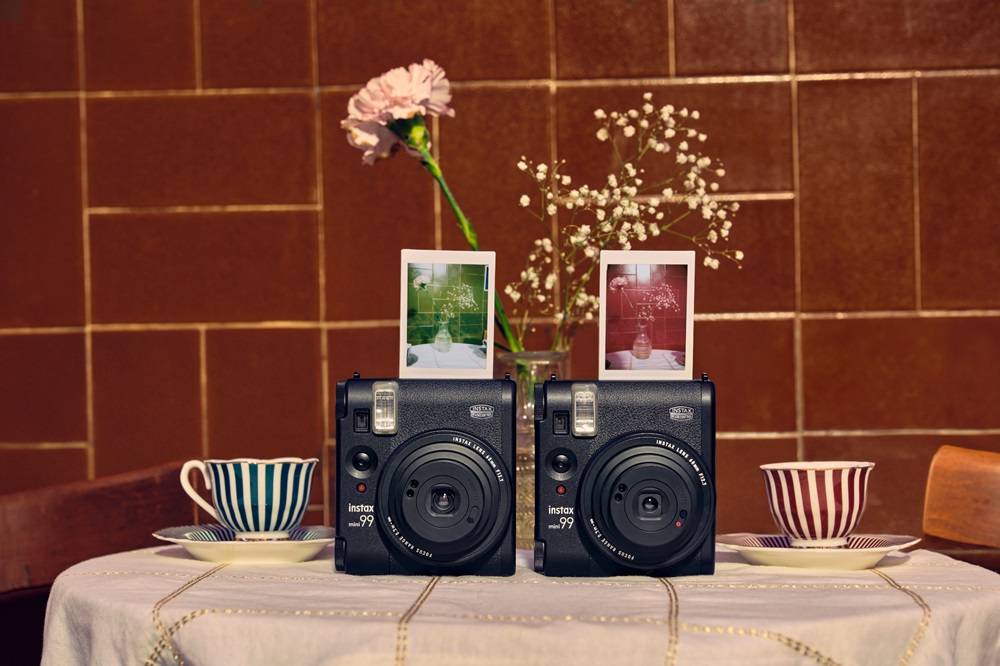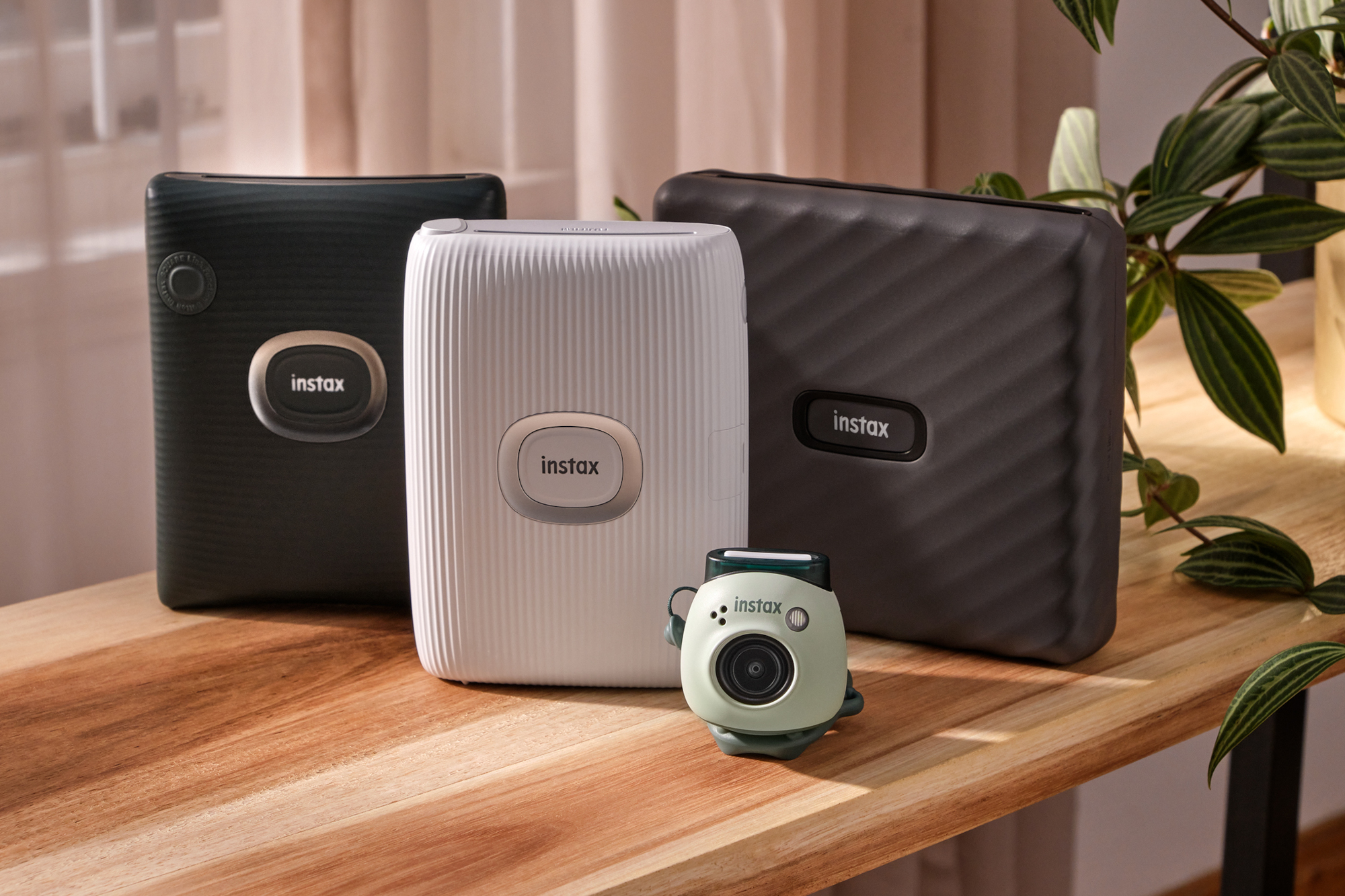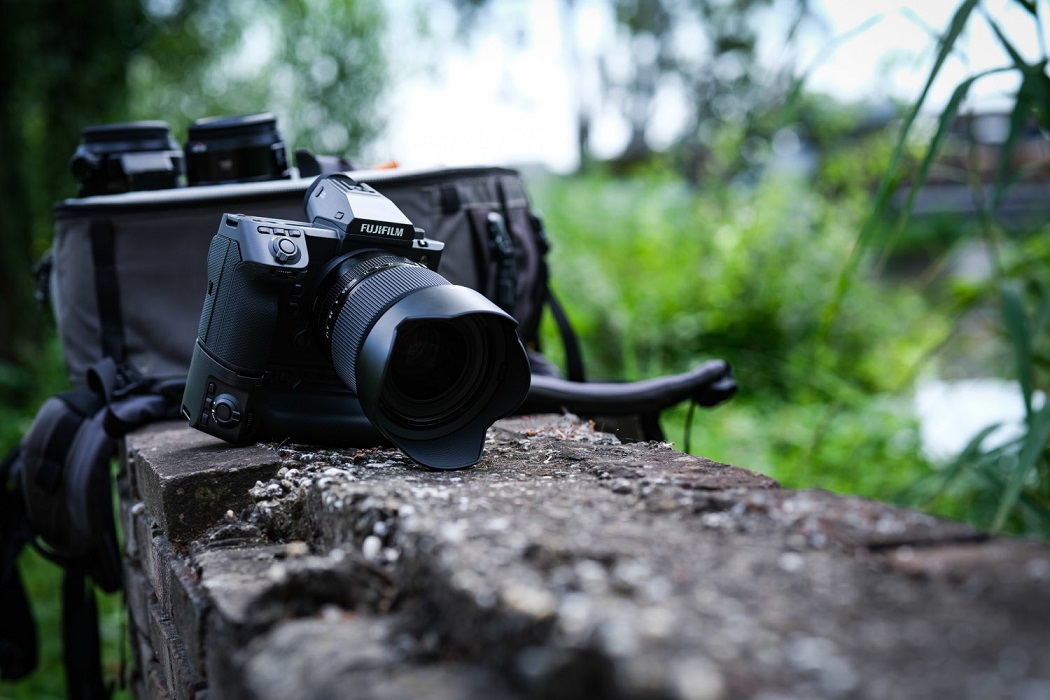New model equipped with latest 40.2-megapixel sensor and processor, plus the first in-body image stabilization function in the series.
Fujifilm South Africa is pleased to announce the launch of the Fujifilm X100VI digital camera, the highly anticipated follow-up to 2020’s top selling X100V. The new X100VI now includes not only a new sensor and processor but also IBIS (In-Body Image Stabilization) for improved low-light performance.
As the sixth model in Fujifilm’s X100 Series, the X100VI pairs a lightweight rangefinder-type body with a 23mmF2.0 fixed lens. Photographers love the X100 Series simply because the cameras offer a highly tactile feel in a pick-up-and-go body, capable of delivering exceptional image quality when it comes to street, documentary and travel photography.
New Sensor, processor and IBIS
While maintaining its popular design and compact size, the X100VI includes Fujifilm’s new 40.2-megapixel X-Trans CMOS 5 HR sensor teamed up with the high-speed X-Processor 5 image processing engine. This combo can also be found in the flagship Fujifilm X-T5 camera and allows for, amongst others, top-class auto-focus performance. The X100VI utilises deep-learning AI technology to detect and keep focus locked on continuously moving subjects, such as animals, birds, cars, motorcycles, aeroplanes, insects and drones.
Thanks to its impressive pixel structure, the X-Trans CMOS 5 HR sensor enables more light to be efficiently captured, with a low ISO 125 now incorporated natively on the X100VI.
Another big addition to the X100VI is the 5-axis, in-body image stabilization function with up to 6.0 stops, the first X100 model with this feature. Many speculated that IBIS could not be integrated in the X100 Series without drastically compromising body size, but Fujifilm managed to do so. In fact, the new X100VI adds only 43g to the weight (approx. 521g) compared to the previous X100V, and a mere 2mm to the depth of the body.
Video improvements and more
For the first time in the X100 Series, the X100VI is capable of 6.2K/30P movie recording (up from 4K on the previous model), while the X100VI also adds a new film simulation – Reala Ace, which brings the amount of film simulations to choose from to 20.
Once again present is the Advanced Hybrid Viewfinder, allowing users to switch freely between the optical viewfinder and the electronic viewfinder (OLED, 3.69 million dots), a hallmark of the X100 Series. For those occasions where the LCD monitor works best, Fujifilm’s ultra-thin 3” tilting touchscreen can be extended and then retracted to a fully flat position.
With a number of physical dials available, photographers are able to adjust shutter speed, aperture and ISO controls on the fly. Also, the shape of the X100VI’s grip has been fine-tuned to ensure just the right feel, while the position of the buttons on the back has been moved to ensure easy operation with the right hand while looking through the viewfinder.
Thanks to improvements in key areas, the Fujifilm X100V makes for a tempting offer to photographers looking for a tactile and highly capable camera which can provide high-resolution images in a wide range of environments.
The Fujifilm X100VI in black or silver is expected to arrive in South Africa during March 2024, with an approximate price of R34 000. There will also be several accessories available, including a genuine leather case, two types of conversion lenses (wide and tele) plus a lens hood, amongst others.
Article Provided




























